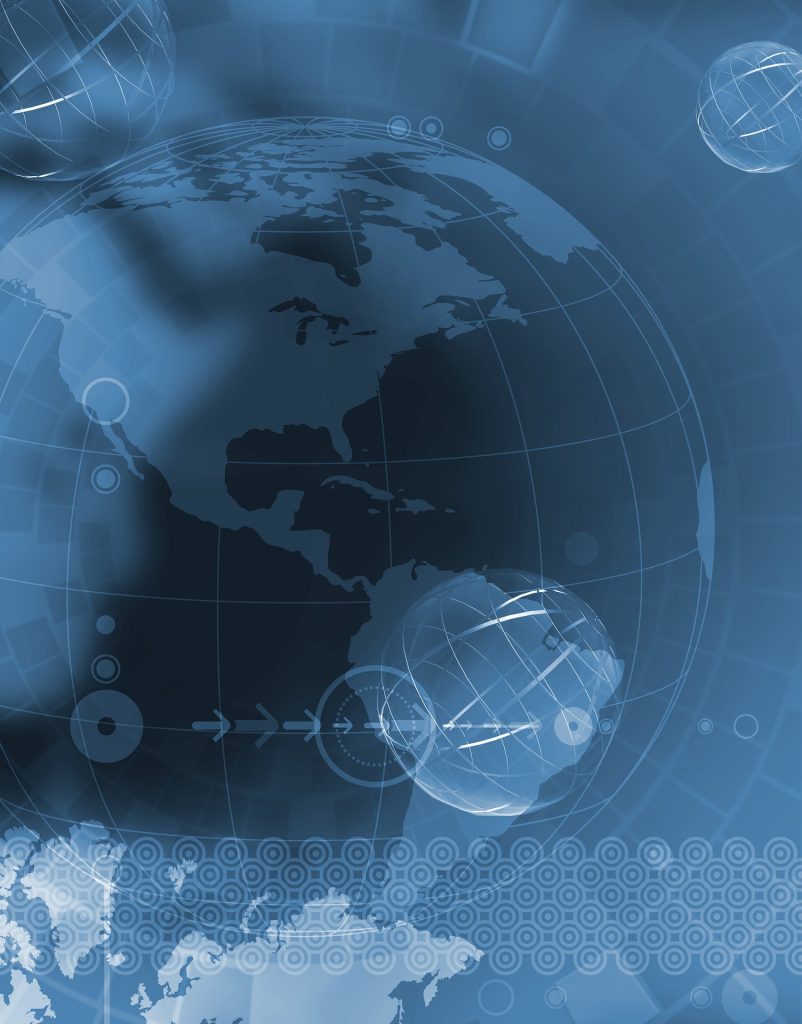 Objective
Objective
If, as statistics indicate, more than 80% of business disasters are caused by preventable or avoidable events, the importance of practicing “proactive continuity”—e.g. the strategic integration of disaster recovery and business continuity initiatives with operational initiatives—becomes clear.
Today, more and more organizations realize that proactive continuity initiatives such as workforce distribution, remote access, facility hardening, continuously available systems, strategic outsourcing, and strategic site and facility selection can measurably improve their resiliency to business interruption.
In these organizations, the importance of site selection and facility resiliency is a key component of continuous business operations. These organizations understand that not all geographies are equally friendly to business continuity, that all sites are not equally immune to localized disasters and that all facilities are not equally resilient to failure.
A Geographic Risk Assessment is best and fastest way to identify and quantify your site’s exposures as a prelude to mitigation efforts. It will definitively show you where mitigation will be effective and where it will not. It will help you prioritize your mitigation efforts and is also one of the best ways to ensure the biggest bang for your “business continuance buck”.
It is also the best way to select a new site or strategically deploy your resources and functions across existing sites. When several geographies are reviewed, the comparison matrix clearly shows which site is more like to experience failures.
Applicability
Geographic Risk Analysis is for organizations that want to proactively reduce the possibility of a business interruption instead of passively responding to one after it has occurred. It is especially well suited for companies that…
- are becoming more and more dependent on continuous business operations,
- are cognizant of the huge costs associated with business interruption and would rather avoid a disaster than recover from one,
- are actively involved in moving a facility,
- are actively involved in consolidating existing facilities,
- are considering new construction,
- are considering major leasehold improvements to existing facilities,
- are located in a “high risk” area,
- have not undergone major facility refurbishment in the last ten years,
- have a single primary business location,
- are consolidating data centers or distributing to multiple data centers,
- are selecting between key supply chain vendors,
- are selecting between several outsourcing companies.
Audience
Geographic Risk Analysis is well suited for many different needs and disciplines including…
- Data Center managers responsible for their physical facility,
- Senior managers who demand continuous business capabilities,
- Financial managers who want more from their recovery/continuity dollars,
- Disaster Recovery/Business Continuity managers responsible for establishing a true recovery/continuity capability,
- Facility managers responsible for location, design and construction,
- Insurance and risk managers who proactively mitigate and manage risk.
Format
The Geographic Risk Assessment combines the best of two worlds. First is an interview-based assessment that leverages your subject matter expert’s knowledge of your specific environment. Second is a research-based study that independently consolidates data from authoritative national and international sources relative to your specific site.
Our Geographic Risk Assessment address all major aspects of location-specific risk. Phase 1 evaluates over 100 distinct exposures in a designated location relative to a “typical business in a typical location”. For each exposure, the following aspects are rated: Risk, Vulnerability, Impact, Target Significance, Mitigation, Amelioration and Appetite. These seven factors are individually rated and then aggregated to determine the resultant significance for any given exposure. Phase 2 examines the +/- 20 risk categories that represent documented causes for commercially supported disasters. Each of these categories is then statistically and objectively evaluated based on actual historical data for the specific location. For each category, regional and/or industry historical benchmarks will be provided as available. Where applicable, multiple locations within the same geographic area are highlighted and the specific risks explained. Phase 3 will produce results suitable for identification, prioritization and mitigation of the most significant risks along with high-level predicted ROIs.
If desired, Phase 3 can be optionally extended to include a more in-depth analysis of each facility’s power, HVAC, structural capacities, wiring, connectivity, circuit allocation, utilization rates, maximum capacities, existing headroom, thresholds, UPS and generator (as applicable) capacities and life cycles, etc. This in-depth analysis is geared towards explicitly defined mitigation and will pinpoint existing risks associated with these facility components.
Deliverables
- Evaluation of 100 distinct exposures relative to a “typical business in a typical area”. For each exposure, the following aspects are rated: Risk, Vulnerability, Impact, Target Significance, Mitigation, Amelioration and Risk Appetite.
- Geographic Risk Assessment Report addressing the designated location’s exposure relative to the Top Commercially-supported disaster causes:
Hardware Problems- Power Outages
- Hurricanes, Tornado, Lightening and Severe Weather
- Terrorist/Criminal Activity
- Flood, Fire, Earthquake
- Bomb – Terrorism
- Environmental
- Telecom – Voice and Data Communication
- Software Failure
- Data Center Move
- Civil Unrest – Sabotage and Employee Impact
- Pandemic
- Recommendations of Best Practice remedies
- High-level relative cost estimates of resource requirements and costs to remediate each shortcoming.
- Forensic electrical power evaluation (optional)
- Forensic HVAC evaluation (optional)
- Forensic structural evaluation (optional)
- Comprehensive Current Preparedness Report suitable for presentation to management
- Presentation to senior management
Benefits
- A single-focus consulting resource with unparalleled business continuity experience, impeccable references, and extensive industry experience.
- Minimal impact on both IT and business units consistent with the earliest possible results
- Impartial, industry recognized experts with no agenda other than to help assess your current risk and recommend the most functional and cost-effective improvements
- A unique, cost-effective combination of subjective and objective analysis
- A broader, deeper and more comprehensive analysis in less time and for less cost
- Fact-based prioritization of hardening and mitigation initiatives
- Improved site selection and reduced costs
- Independent, impartial assessment of your real recovery/continuity capabilities
- Prioritized remedy solution set defined by industry experts
- Road map to extend your capabilities to meet business requirements
- Validation of your current level of preparedness
- Potential cost savings
- Peace of mind
